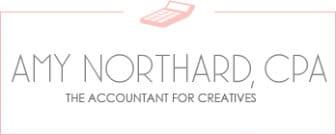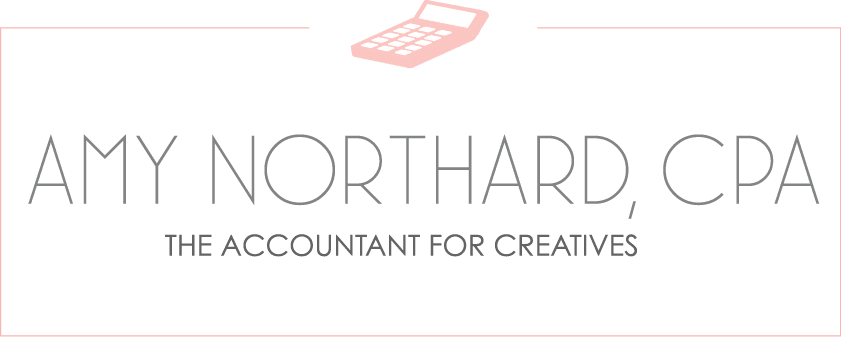Whether your business is already up and running or you’re thinking about diving into a new venture, the term “passive business ownership” may have piqued your interest.
But what does it really mean? And what does it mean for your taxes? In today’s post, I’ll explain the IRS requirements for passive business ownership and how this status can provide you with some serious tax savings.
What is passive business ownership?
The phrase “passive income” is a business buzzword that never goes out of style. And with good reason! Who doesn’t want to sit around and just watch their money roll in? Along this same line is the idea of passive business ownership. It sounds like a dream come true, but what does it really mean?
Passive business ownership basically means that an owner in a company doesn’t participate in the day-to-day activities of the business but still collects money from the business’ profits. Other than lots of free time, passive business ownership can provide the owner with tax advantages.
However, in order for a passive business owner to qualify for those tax advantages, the owner must meet some very specific and often hard-to-meet requirements set by the IRS (more about those in a minute).
What are the tax advantages of being a passive business owner?
There are two big tax advantages for passive business owners.
The first tax advantage is saving money on self-employment taxes (Medicare and Social Security). The current self-employment tax rate is 15.3%, so avoiding this tax on your income can save you big bucks every year.
Here’s how this works: If you have an S-Corp, being a passive business owner means you’ll get paid in distributions rather than with a reasonable salary. This distinction allows you to skip out on the self-employment taxes you would pay on your salary.
And if you are a sole proprietor or own a single- or multi-member limited liability corporation (LLC), you may also avoid paying self-employment taxes on your income from your business if you are a passive owner.
The second tax advantage of being a passive business owner is that when you have passive income, it can absorb your passive losses. For instance, if you have non-deductible passive losses from rental property, you can absorb that loss with your passive income so that you can see the tax benefits in the current tax year.
How can I become a passive business owner?
Here’s the scoop: If you already own a business and want to switch into a less active role and reap the tax rewards, then you can’t just wake up one day and tell your employees to take over your tasks. You have to prove yourself to the IRS.
The IRS looks for what they call “material participation.” If you materially participate in your business, then you can’t show passive ownership. And, they even have material participation tests that you have to “pass” in every tax year that you want to be treated as a passive business owner.
If you can answer “yes” to any of the following material participation tests from the IRS, then the IRS says you materially participated in your business and aren’t a passive business owner. (In other words, you fail the test.)
Here are the exact “test questions” from the IRS:
- You participated in the activity for more than 500 hours.
- Your participation was substantially all the participation in the activity of all individuals for the tax year, including the participation of individuals who didn’t own any interest in the activity.
- You participated in the activity for more than 100 hours during the tax year, and you participated at least as much as any other individual (including individuals who didn’t own any interest in the activity) for the year.
- The activity is a significant participation activity, and you participated in all significant participation activities for more than 500 hours. A significant participation activity is any trade or business activity in which you participated for more than 100 hours during the year and in which you didn’t materially participate under any of the material participation tests, other than this test. See Significant Participation Passive Activities under Recharacterization of Passive Income, later.
- You materially participated in the activity (other than by meeting this fifth test) for any 5 (whether or not consecutive) of the 10 immediately preceding tax years.
- The activity is a personal service activity in which you materially participated for any 3 (whether or not consecutive) preceding tax years. An activity is a personal service activity if it involves the performance of personal services in the fields of health (including veterinary services), law, engineering, architecture, accounting, actuarial science, performing arts, consulting, or any other trade or business in which capital isn’t a material income-producing factor.
- Based on all the facts and circumstances, you participated in the activity on a regular, continuous, and substantial basis during the year.
One thing to keep in mind with the material participation test is that even if you pass in the current tax year, in order to pass #5 on their list above, you have to show that your participation in the business was passive in 5 of the previous 10 years. Auditors will look for this, and just changing the business’ name or transferring some ownership to others won’t fool them. Just calling yourself a “limited partner” in an LLC won’t work either.
Now, if you’re in a situation where you are an investor in a business and always have been, then the material participation test is much easier to pass! In fact, the work you do as an investor, like reviewing financial statements or monitoring finances from afar, doesn’t count as materially participating in the business at all. The only bad news here is that depending on your modified adjusted gross income (MAGI), you may have to pay net investment income tax (NIIT) on your passive income (but that’s still way less than self-employment tax!).
One other important thing to keep in mind is no matter how you go about becoming a passive business owner, the IRS says that any business activity your spouse materially participates in is included in your activity. This is true even if you and your spouse don’t file a joint tax return.
Abridged by Amy
Passive business ownership does come with substantial tax benefits, but it can be difficult to prove to the IRS, and it’s especially difficult if you’re going from active to passive ownership in the same business. A simple way to look at it is if a business counts on you for its success, then you aren’t a passive business owner and you’ll still need to pay self-employment taxes on your income from the business.
However, as with all things taxes, it’s important to work with a certified public accountant who is attuned to the needs and goals of your small business and who understands the tax law. If you want to show passive ownership, a CPA can help you gather the documentation you need to show the IRS as your proof of participation (or non-participation). And even if you don’t meet the requirements for passive business ownership, you just never know what other tax savings a CPA can uncover for you and your business!

